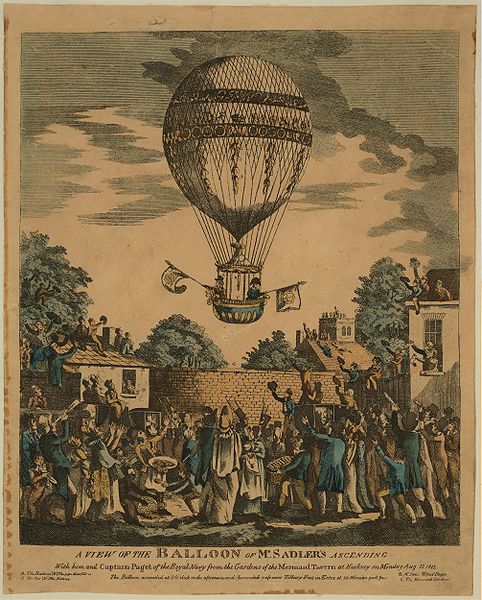
River Lea history - In the Roman era, Old Ford, as the name suggests, was the ancient, most downstream, crossing point of the River Lea. This was part of a pre-Roman route that followed the modern Oxford Street, Old Street, through Bethnal Green to Old Ford and thence across a 



causeway through the marshes, known as Wanstead Slip (now in Leyton). The route then continued through Essex to Colchester. At this time, the Lea was a wide, fast flowing river, and the tidal estuary stretched as far as Hackney Wick. Evidence of a late Roman settlement at
Old Ford, dating from the 4th and 5th centuries, has been found. In 894, a force of Danes sailed up the river to Hertford, and in about 895 they built a fortified camp, in the higher reaches of the Lea, about 20 miles north of London. King Alfred the Great saw an opportunity to
defeat the Danes and ordered the lower reaches of the Lea drained, at Leamouth. This left the Danes' boats stranded, but also increased the flow of the river and caused the tidal head to move downriver to Old Ford. In 1110, Matilda, King Henry I's queen, reputedly took a
tumble at the ford, on her way to Barking Abbey and ordered a distinctively bow-shaped, three-arched, bridge to be built over the River Lea (The like of which had not been seen before), at Stratforde-atte-Bow. During the Middle Ages, Temple Mills, Abbey Mills, Old Ford and Bow
were the sites of water mills (mainly in ecclesiastic ownership) that supplied flour to the bakers of Stratforde-atte-Bow, and hence bread to the City. It was the channels created for these mills that caused the Bow Back Rivers to be cut through the former Roman stone causeway
at Stratford. Improvements were made to the river from 1424, with tolls being levied to compensate the landowners, and in 1571, there were riots after the extension of the River was promoted in a private bill presented to the House of Commons. By 1577, the first lock was
established at Waltham Abbey and the river began to be actively managed for navigation. The New River was constructed in 1613 to take clean water to London, from the Lea and its catchment areas in Hertfordshire and bypass the polluting industries that had developed in the Lea's
downstream reaches. The artificial channel further reduced the flow to the natural river and by 1767 locks were installed below Hertford Castle Weir on the canalised part of the Lea, now the Lee Navigation with further locks and canalisation taking place during the succeeding
centuries. In 1766, work also began on the Limehouse Cut to connect the river, at Bromley-by-Bow, with the Thames at Limehouse Basin. The River Lea flows through the old brewing and malting centre of Ware, and consequently transport by water was for many years a significant
industry based there. Barley was transported into Ware, and beer out via the river, in particular to London. Bargemen born in Ware were given the "freedom of the River Thames" — avoiding the requirement of paying lock dues — as a
result of their transport of fresh water and food to London during the Great Plague of 1665–66. Wikishire
• • •
Missing some Tweet in this thread? You can try to
force a refresh

















